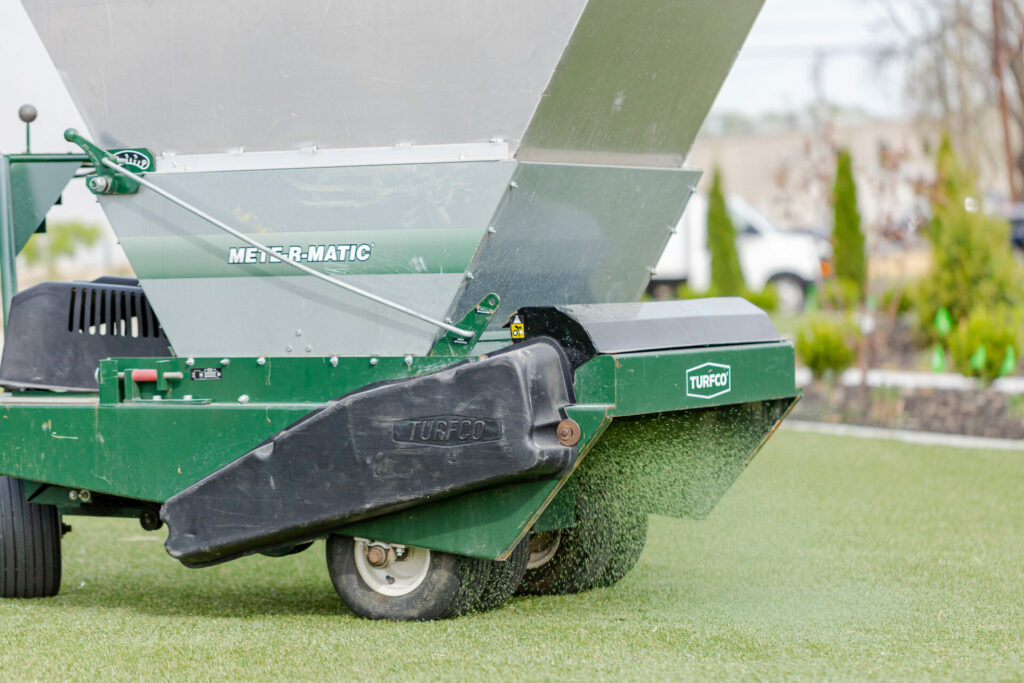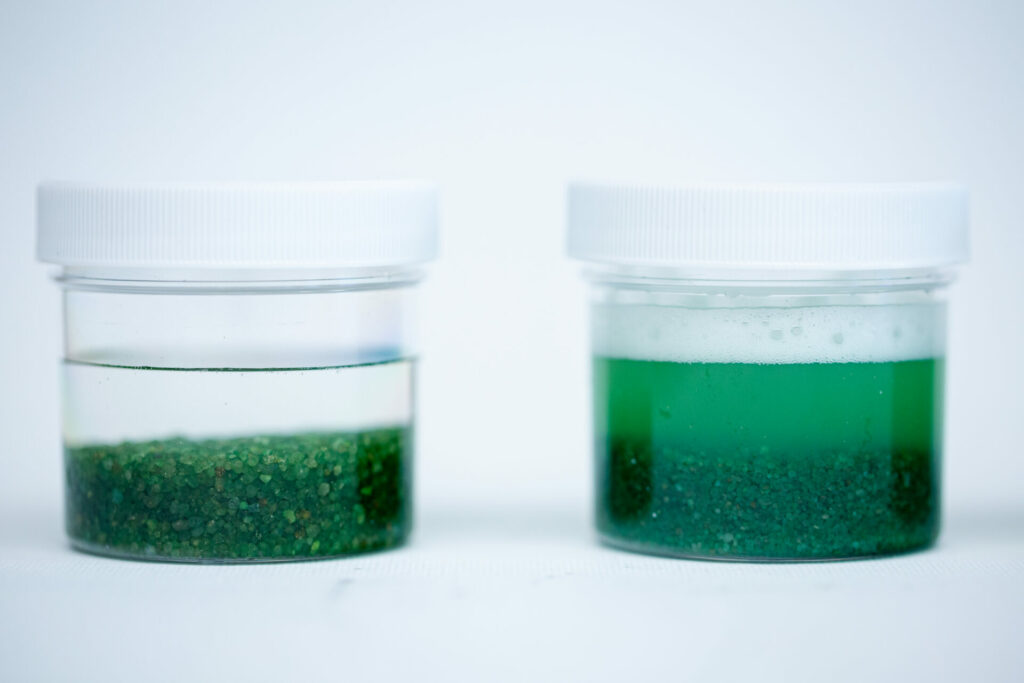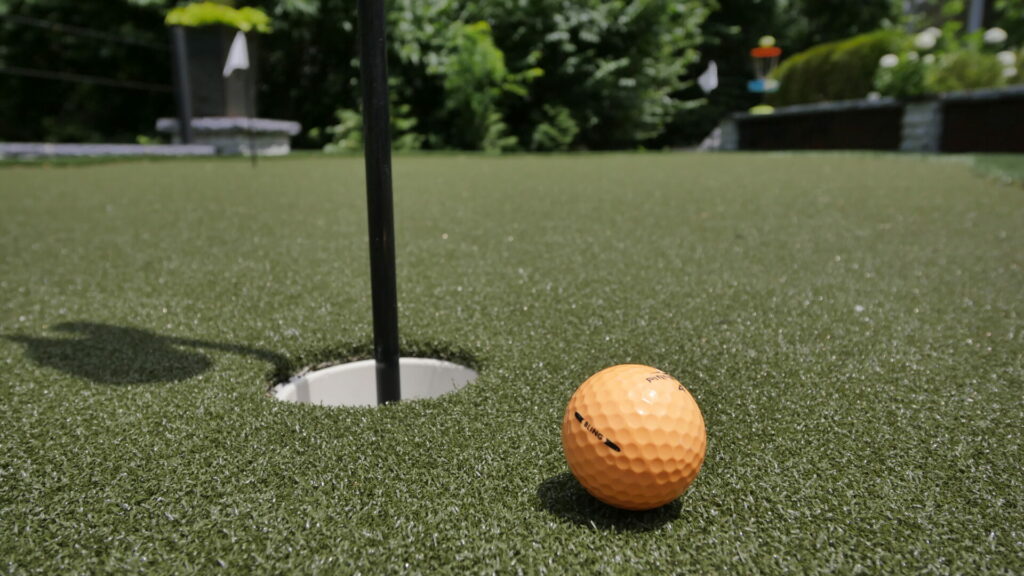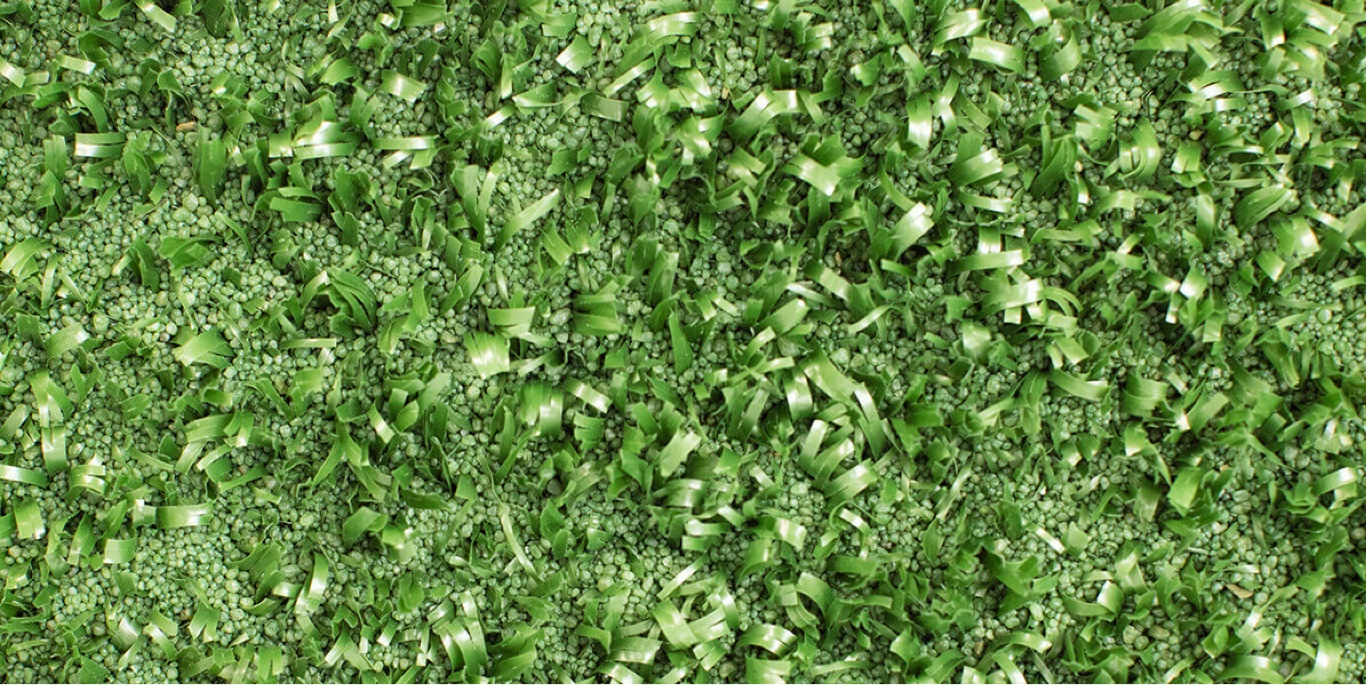
Infill Landscape Blog
Subscribe To Email Updates
Subscribe to our weekly newsletter and we’ll send updates straight to your inbox
What Are My Artificial Turf Infill Options?
There was a time when choosing the type of artificial turf for an athletic playing surface, lawn, or putting green was easy. In fact, there was no choice at all.
Originally sold under the name ChemGrass after its invention in 1965, the renowned product changed its name to AstroTurf after it was installed at the Houston Astrodome a year later. The original product was a short-pile synthetic product that looked more like a rug than grass.
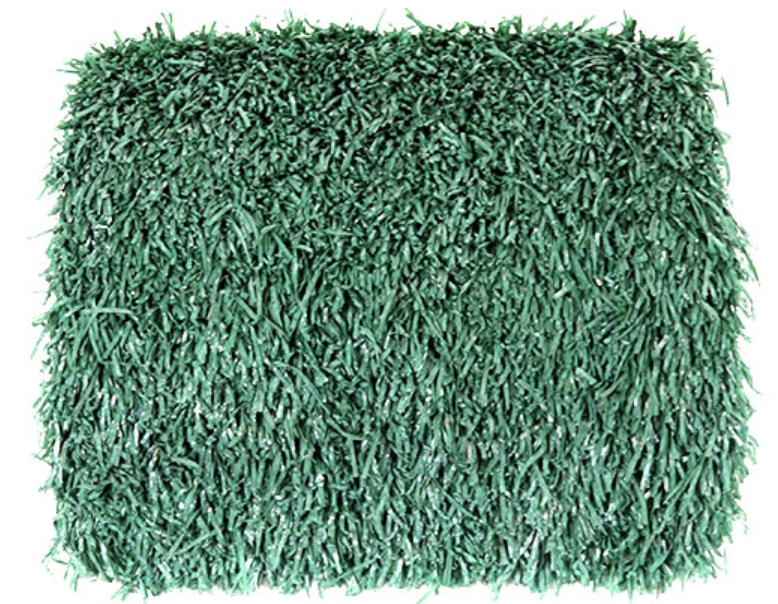
ARTIFICIAL TURF INFILL TODAY IS MORE THAN JUST CRUMB RUBBER.
Over the years, the technology surrounding artificial turf has progressed immensely, and there are much more advanced and safer products on the market. These new surfaces have long blades that mimic the look, feel, and performance of real grass, with the added benefit of extra durability, eco-friendliness, and lower maintenance.
When people are weighing their artificial turf options, they often concentrate on just the fibers, but doing so is short-sighted. That’s because artificial turf infill is one of the most important parts of a synthetic turf system.
In this blog, we will give you all the facts you need to make a choice about your synthetic turf infill. Additionally, we answer some common questions we get when we’re talking to turf owners:
1. What is infill for synthetic turf?
2. Why is infill needed for artificial turf?
3. What are the materials typically used in artificial turf infill?
4. How much infill do you need per square foot?
5. What is the best type of infill for your specific needs?
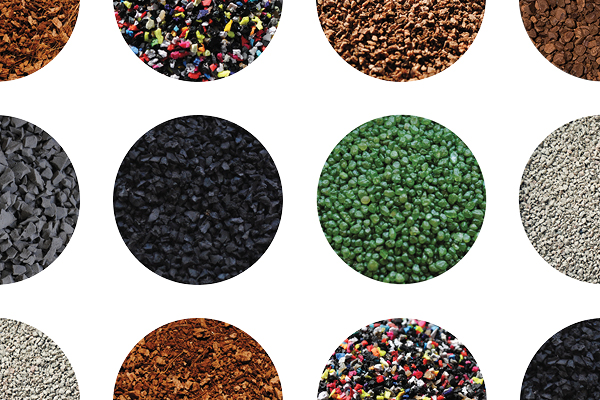
What is infill for artificial turf?
Infill is the dense mass of fine particle materials that make up the base of an artificial turf system. It is the foundation that holds the entire system together.
In fact, if an artificial turf system is installed correctly, 90% of it by weight should comprise infill, with the remaining 10% being the turf and pad.
Infill has a greater impact on the performance of the artificial grass system than any other component.
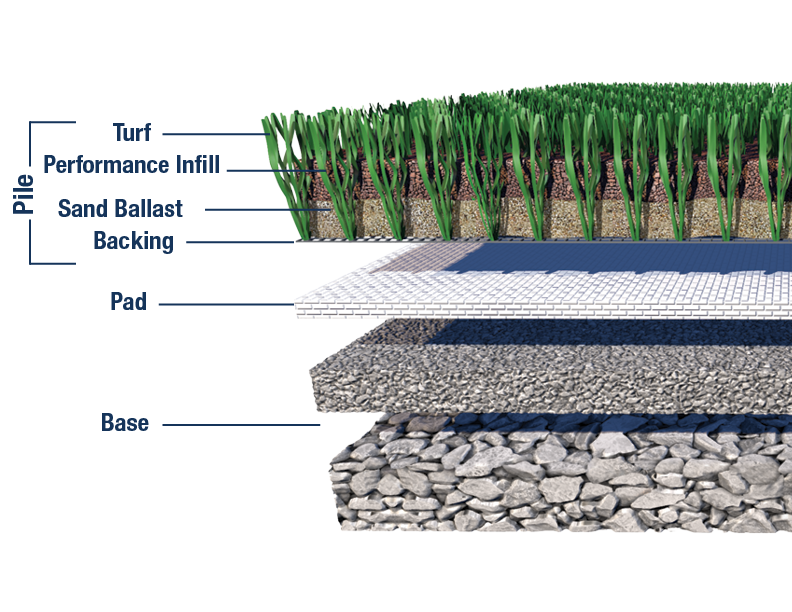
Want a deeper understanding? Read our guide to artificial turf systems here.
Why is infill needed for artificial turf?
Your artificial turf needs infill for many reasons:
1. It keeps blades standing tall: Without infill, artificial grass blades would lie flat, looking unnatural and matted. Infill fills the space between the blades, providing support and making them stand upright, mimicking the look of natural grass.
2. It absorbs impact: Infill adds cushioning, making the turf feel softer and more comfortable to walk or play on. This reduced impact also protects the artificial grass fibers from damage, increasing its lifespan.
3. It improves drainage: Some infill materials, like sand, help with drainage by allowing water to pass through them rather than pooling on the surface. This prevents waterlogging and keeps the turf playable.
4. It keeps turf in place: Infill acts as a ballast, weighing down the turf and preventing it from wrinkling, lifting, or shifting, especially in heavy traffic areas.
5. It protects the backing: Infill adds an extra layer of protection for the backing of the artificial grass, shielding it from UV rays, wear and tear, and pet claws.
Read more about why infill is needed for artificial turf here.
What material is used in artificial turf infill?
Since infill was first introduced in the late 1990s, most artificial turf systems primarily used crumb rubber. While it’s still used today for various reasons, more options came up as field owners wanted more out of their turf.
Today, there are several different infill options that provide a multitude of benefits to an artificial turf system and everyone who uses it. Here is a breakdown of your choices:
Check out our blog post for a comprehensive comparison.
1. Coated Sand
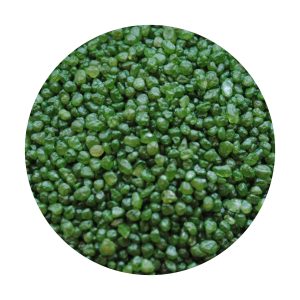
Coated sand, made from a mix of natural and synthetic materials, is one of the best infill options for artificial turf surfaces because of its superior durability, consistent performance, and reusability.
Our Envirofill product is made of round grains of sand coated with a polymer that helps avoid compaction, keeping your turf surface durable and high-performing. Infused with Microban® antimicrobial protection, Envirofill inhibits the growth of bacteria and microbes, making it one of the cleanest and safest infills on the market for your athletes, kiddos, and furry loved ones.
It is also toxin-free and so safe that it is exempt from California’s stringent Prop 65 labeling requirements!
Many people assume that coated sand is more abrasive than other infill products, but that is not always the case. If the product is used with the recommended turf specification, the abrasion levels will be similar to crumb rubber. While it can be perceived as being “too firm”, that is the very feature that enhances athletic performance. Moreover, the shock pad underneath the surface works to ensure safety.
Envirofill is also environmentally friendly. It is completely reusable for multiple lifecycles and comes backed by a 16-year warranty. It has limited migration and provides a consistent Gmax and playing surface over the turf’s lifecycle.
2. Organic
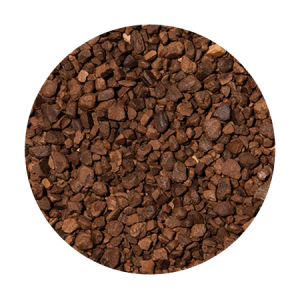
Organic infill products are following similar trends in the food and consumer goods space and becoming very popular. They are mostly made from walnut shells, cork and cork/coconut blends, and are all-natural, free of chemicals, and compostable.
Safeshell is one of the best organic infill products available. It is an all-natural product made in the U.S. that provides all the benefits of organic infill with much lower maintenance than other products in the category. Safeshell doesn’t break down quickly or change in hot and/or wet climates, and its round shape prevents it from floating. Its performance is the same whether or not the artificial turf surface is wet or dry.
Unlike many other infill products, Safeshell is one of the only natural infills that doesn’t require irrigation for the warranty to stay intact. Its absorption properties help reduce the surface temperature of the artificial turf system.
3. Crumb Rubber
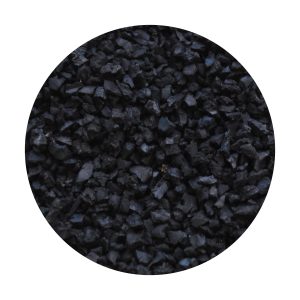
Crumb rubber is made from ground-up car and truck tires combined with raw silica sand. It is widely used because it’s readily available, relatively inexpensive and non-abrasive.
Known for its robustness, shock absorption, and elasticity, crumb rubber is used in sports fields and playground installations. It sustains through intensive usage without significant degradation.
However, there are a few drawbacks. Crumb rubber is prone to absorbing and retaining heat, which can elevate the surface temperature of the turf and can be incredibly uncomfortable for athletes during warmer conditions. It also tends to release an offensive odor in the heat, creating dust when breaking down. There are also concerns regarding the presence of toxic chemicals inherent to the composition of tires.
4. Raw Silica Sand
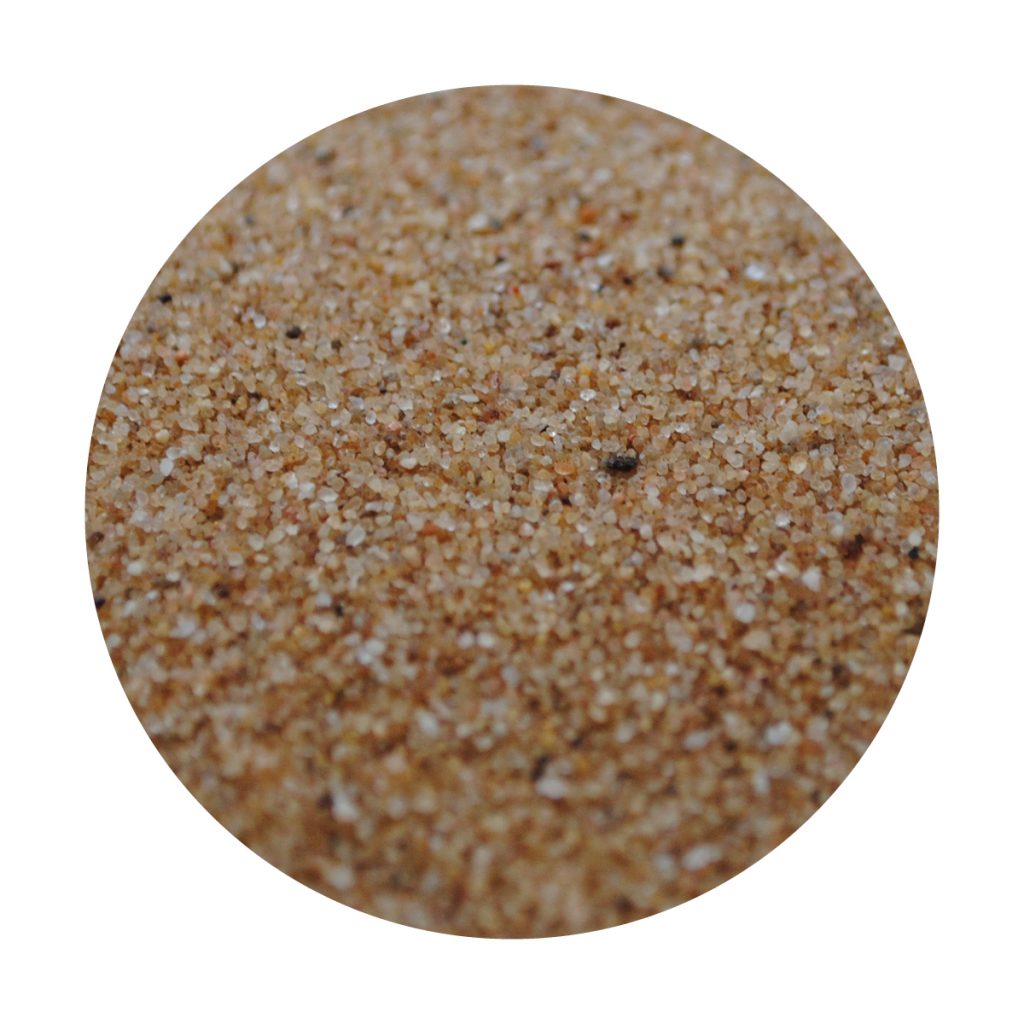
Silica sand, composed of finely ground quartz, is a traditional infill material for artificial turf known for its cost-effectiveness and wide availability. This infill provides a basic level of support necessary to maintain the upright position of grass blades, making it suitable for low-traffic areas and general landscaping purposes.
However, potential buyers should consider the limitations of silica sand. Over time, this material can harden, affecting the comfort and playability of the turf surface. Additionally, the natural dustiness of silica sand can detract from the appearance of a lush, vibrant lawn. (See picture below). Alternative infill options may be more appropriate for those seeking a softer, more resilient playing surface or a pristine aesthetic.
Also read: Think Twice Before Using Raw Sand for Artificial Turf Infill
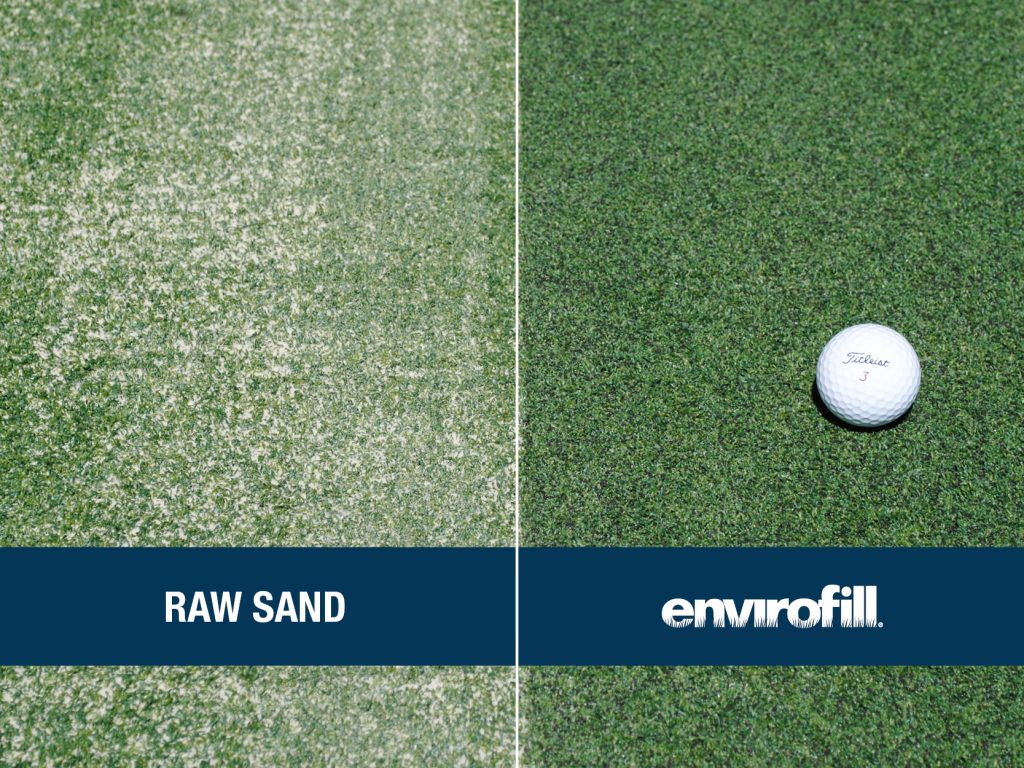
5. Virgin polymer (EPDM and TPE)
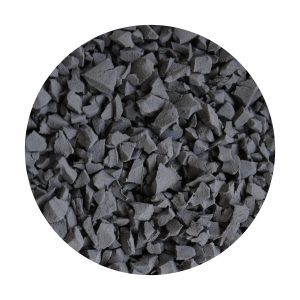
Virgin polymers are similar to crumb rubber systems. This infill category is made specifically for athletic playing surfaces, with the two main types being EPDM and TPE.
The main advantage it has over crumb rubber is it is a virgin product, meaning it is made from selected components that can be modified to enhance the product.
Other advantages of a virgin polymer infill are its resiliency, consistency, and non-abrasiveness. Some of the downfalls are that it is more expensive than other infill options, and it can be an issue to control the quality of material sourced from abroad.
How much infill do you need per square foot for artificial turf?
How much infill you need for your artificial turf depends on what material you’re using, your purpose, and your aesthetic requirements. If you’re using Envirofill, we’ve created a table to help you estimate.
| Envirofill Size | Turf Pile Height | Turf Spec | Depth | Lbs. Per Sq. Ft. |
| 30/50 | 1/2″ | Texturized PE/Nylon | 7/16” – 1/2″ | 1.5-2.0lbs |
| 30/50 | 5/8″ | Texturized PE/Nylon | 9/16” – 5/8″ | 2.0-2.5lbs |
| 20/40 | 5/8″ | Texturized PE Tennis | 5/8″ – 11/16″ | 2.5lbs-3lbs |
| 30/50 | 1/2″ | Texturized PE/Nylon | 7/16″-1/2″ | 1.5-2.0lbs |
| 16/30 | 1-1¼” | PE/PP Putting | ¼” (Top dressed) | .25-.5lbs |
| 12/20 or 16/30 | 1-1¼” | Pet/Playground | ⅜” – ½” | 1.5-2.5lbs |
| 12/20 or 16/30 | 1½ – 1 ¾ | Landscape | ½” – ¾” | 2.5-3.5lbs |
| 12/20 or 16/30 | 1⅞” – 2 ¼” | Landscape | ¾” – 1” | 3.5-4.5lbs |
What is the best type of infill for artificial turf?
To answer this question, think about its uses. Where will you be using your artificial turf system? Is it going to be your athletic sports field or your lawn? Will your kids be playing on it? Do you have a dog who takes the occasional wee in your backyard?
We’ve provided a general idea of what works best for each specific use case below:
Best artificial turf infill option for dogs:
Envirofill: It has built-in antimicrobial protection that reduces pet odors by up to 99%. It’s designed to address the specific needs of pet turf, such as odor control, safety, and comfort.
Safest artificial turf infill for children
Safeshell: 100% composed of walnut shells, Safeshell is non-toxic and free from synthetic chemicals, heavy metals, and allergens. Its low heat retention and soft texture also make play surfaces gentle on young skin, minimizing the risk of abrasions.
Best artificial turf infill for sports fields
Envirofill: Envirofill does not compact over time as much as other materials like crumb rubber or sand. This means it requires less maintenance to keep the playing surface consistent and safe.
Have more questions? Reach out today!
Infill is perhaps the most critical component of the artificial turf system. We hope this guide was helpful to you in making your decision. Whatever product you choose, make sure it fits your needs the best while also considering what the product is made from, its contribution to your purposes, and the impact it will have on the environment. To learn more about what artificial turf infills are available and which is best for your field, lawn or putting green, reach out to our team– we’re always glad to help.
Frequently Asked Questions
- Does all artificial turf need infill?
Not all artificial turf requires infill. Non-infill artificial grass, which often has thatch fibers to support the upright position of the blades, is designed for specific applications such as landscape areas with low foot traffic, pet areas, or around swimming pools. This type of turf has a narrow gauge, high stitch rate, and thatch in the root zone that helps it stay resilient without infill.
However, we still recommend using infill for various reasons, because it’s instrumental in providing extra weight to stabilize the turf, keeping the fibers upright, and adding a cushioning effect that enhances the comfort and playability of the surface. Infill can extend the lifespan of the turf and is especially important for high-traffic areas, sports fields, and areas where you want to maintain a natural, resilient grass appearance. - Where can I buy infill for artificial turf?
You can find infill at retailers like Home Depot, Walmart, and Lowe’s. Thinking of getting Safeshell or Envirofill? You can find them at 200+ locations all over the states. For more information, contact us. - Is Envirofill worth it?
Absolutely! You won’t find its unique blend of features in any other turf infill. It’s embedded with Microban® antimicrobial protection to prevent bacteria growth, boasts impressive durability to withstand high traffic, and is low maintenance, resisting compaction. It’s also environmentally friendly and non-toxic (It’s so safe that it is exempt from California’s stringent Prop 65 labeling requirements). To top it all off, it comes with a 16-year warranty. That should tell you how long it lasts.
To learn more about what artificial turf infills are available, and which infill is best for your field, click the button below to watch our short webinar on synthetic turf infills.
Similar Blogs
